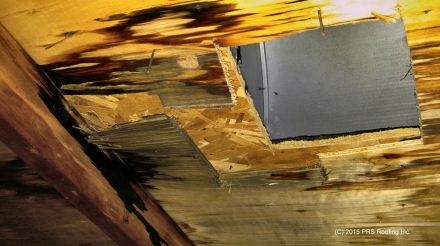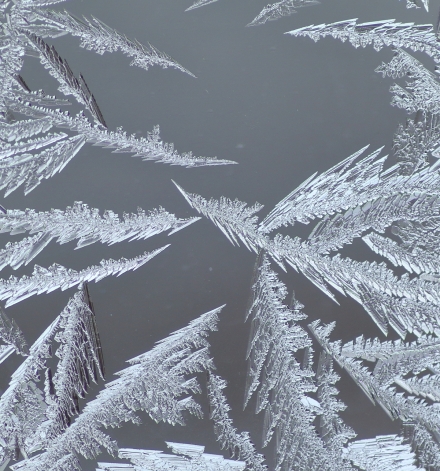During the month of January, I’ve been called to diagnose roof leaks on an almost daily basis. These leaks have a common characteristic – they show up when it’s cold. That usually signals that there is some form of accumulation of water on the roof, usually behind an ice dam, and that the waterproofing is insufficient to stop the water from forcing its way it. The existence of an ice-dam almost always means that there is excessive transfer of heat to the roof which melts the snow on the upper sections, and the resulting meltwater refreezes on the lower section over the soffits. To reduce this heat transfer, we rely on insulation (to reduce the amount of heat leaking into the attic) and ventilation (to dissipate the residual heat before it melts the snow on the roof). However, there is another player in this game, and it can cancel out the efforts at insulating and ventilating. That player is air leakage.
Month: January 2017
Getting three quotes is not enough…
When you look up various web sites advocating consumer help or protection, you often get the advice to ask for three quotes. The idea is that by getting these quotes, you are protecting yourself from contractors that are going to overcharge you, or from contractors who are undercharging because they are unqualified. This is excellent advice, but it usually doesn’t go far enough. As always, the really important stuff is in the details (the fine print). Let’s examine the issues.
Frost in Attic
Frost can be beautiful. One of the benefits of poorly insulated windows, at least for small children, is the beautiful lace shapes that form – so delicate and yet so enchanting.
Despite this beauty, there are plenty of places where in a home you do NOT want to see frost forming. Certainly, when found on windows, it is a clear sign that the window is not very good at insulating. Another place where you don’t want to see frost, is inside your attic.
Thermography
What is Thermography?
Thermography is the use of thermal infrared energy emitted by various surfaces to create an image using a camera sensitive to thermal infrared photons. Depending on the camera, sensitivity and resolution, it shows the relative temperature of that surface. Since surfaces differ in the way they radiate thermal energy, it does require some understanding of physics, underlying structure, and device operation to meaningfully extract the information contained in a thermographic image.

Continue reading
A non-roofing post – Tri-energy
Why Tri-energy?
As readers of my blog know, I focus on the system approach to analyzing issues, because many of the issues that come up are due to an incomplete understanding of how various elements of a system work together to give the desired end result. So when someone uses the same approach to analyse another aspect of owning a home, I pay attention. I was privileged to be present at a discussion organized by Jon Eakes, a well-known advisor to homeowners (forty years, I believe), about the benefits of a system called Tri-Energy, developed by Martin Janssen of ABC Hybrid Energy Inc. This meeting was held on January 12, 2017, at the Holiday Inn Pointe-Claire, and was open to anyone who had an interest in the subject. A number of homeowners who already had installed the system were present to talk to other homeowners about their experiences. Simply put, the system benefits homeowners by using the equipment most homeowners already have, in a much more intelligent and efficient manner, thereby improving comfort, and reducing operating expenses.


